Simple Soyman – Transcript
– Jessica Bell: This week on Wisconsin Foodie.
– Chris Jaworski: When I first became organic, the big crop then was these Vinton 81 soybeans. It’s a high-protein bean, designed specifically for tofu. It just smells like nature, something fresh, something you’d want to eat.
[laughs]
– Luke: We’re in Milwaukee’s Sherman Park neighborhood today, and we’re a going to take a behind-the-scenes look at Wisconsin’s largest and only tofu producer, Simple Soyman.
[knocking on door]
– Hi, Luke!
– Hey!
– Come in, welcome to Simple Soyman.
– The soybeans are Wisconsin, we’re Wisconsin. We sell in Wisconsin stores. Can’t get more, I guess, Wisconsin than that.
– All right, here it is. This started with the love and care of Chris Jaworski’s soybeans, was carried down into Milwaukee with R Jay and Barbara at Simple Soyman, to culminate in this, something that you can make at home, too.
– Jessica Bell: Wisconsin Foodie would like to thank the following underwriters for their support:
– The Dairy Farmers of Wisconsin are proud to underwrite Wisconsin Foodie, and remind you that in Wisconsin, we dream in cheese. [crowd cheering] Just look for our badge. It’s on everything we make.
– Employee-owned New Glarus Brewing Company has been brewing and bottling beer for their friends, only in Wisconsin, since 1993. Just a short drive from Madison, come visit Swissconsin, and see where your beer is made. Milwaukee’s landmark art deco hotel offers luxury accommodations, legendary hospitality, and world-class dining. Paired with the hotel’s roaring ’20s vibe makes The Ambassador a must-experience destination. From production to processing, right down to our plates, there are over 15,000 employers in Wisconsin with career opportunities to fulfill your dreams and feed the world. Hungry for more? Shape your career with these companies… and others at fabwisconsin.com.
– Society Insurance. Small details. Big difference.
– Edible Milwaukee magazine.
– Also, with support of the Friends of Wisconsin Public Television.
[light jazz music]
[car passes]
[chickens cackling]
[drink filling]
[chopping vegetables]
[fruit popping]
[meat sizzling]
[light jazz music]
[upbeat jazz music]
– When I first became organic, the big crop then was these Vinton 81 soybeans. It’s a high-protein bean, designed specifically for tofu. One thing you like to see is pods all the way to the top, to the bottom, and we have that. The Vinton variety of soybean’s a very tall bean, and see, it’s over waist-high. A lot of soybeans are only half the height of a Vinton.
[soybean shell cracking]
I like that cracking noise. This one’s got two beans in the pod, but they’re really nice, big, big yellow, clear hilum bean. Really, really, really nice.
[chews]
Just a very plain-tasting bean. It’s got a chewy texture to it. It’s a little hard, too. It’s fresh, fresh soybean seed, you can’t get any fresher than this, and it smells really good. A sweet smell to it, I don’t know, I can’t…
[sniffs]
It just smells like nature, something fresh. Something you’d want to eat.
[laughs]
My farm is 117 acres total. The amount of land I dedicate towards soybeans depends on the crop rotation. So last year, for instance, I had 35 acres of soybeans. This year I only have 16, because things are rotating, and it just depends on what fields open up at what time. So, the farm’s almost been in our family for a hundred years, and I started in 1990, and did corn and oats and hay. And, I did that for 10 years, until the year 2000, and then I converted my farm to organic production, specifically for soybeans. I not only got certified in the United States, but I also got certified for what they call Japanese Agricultural Standards. By, I want to say, like 1995, that whole market fell apart, I think the Chinese flooded Japan with soybeans, so they quit buying. By the late 2000s, as far as I know, I was the only person growing Vinton 81 soybeans anymore.
[peaceful acoustic music]
[farm machine swishing]
My brother was reading a magazine and they interviewed R Jay from the Simple Soyman, and in this article he said that he really preferred Vinton soybeans, but he couldn’t find them anywhere, and so he gave me the article, and he said, “You might want to talk to this guy.”
So, I did. I found his phone number and I called him up, and R Jay didn’t answer the phone, but one of his employees did. I said, “Well, I have Vinton soybeans, are you interested in buying them?” And the employee was like, “Heck yeah, we’ll buy those!” And, “I’ll have him call you,” and I thought, well, that’s the kind of enthusiasm I like to hear on a phone call! And so that’s where our relationship began. And, he’s a small tofu producer, and from what he’s told me, all these big players are coming into tofu production, competing against him, and I don’t know if they are as particular as R Jay is about the beans they are using, so a big company may just go for mass volume, and maybe it doesn’t have the same qualities as a Vinton, but R Jay seems to be a little bit more particular about the bean he’s buying, he wants what he figures is the best or feels is the best.
– Luke: We’re in Milwaukee’s Sherman Park neighborhood today, and we’re going to take a behind-the-scenes look at Wisconsin’s largest and only tofu producer, Simple Soyman. This soy is fantastic, because it has a story that’s rooted in Wisconsin. The beans are grown here, and it’s sold mainly within the state. I’m really excited that R Jay and Barb have opened the doors to us, and hopefully we can go in and learn a little something about the tofu-making process and take some back to the caf and put together some amazing food that represents their love and care.
[peaceful acoustic music]
[knocking on door]
– Hi, Luke!
– Hey!
[laughs]
– Come in, welcome to Simple Soyman.
– Thank you so much! This is great, I’ve never actually been in a tofu-processing facility before. Why Milwaukee and why this neighborhood? What does this mean for you?
– Well, we live in the Sherman Park neighborhood, and our business is here also. We are really happy to be providing jobs in the city and creating really good food.
– So, this is where all of this takes place. What do I need to do?
– Let’s get your hairnet.
– Awesome! How do I look?
– Barbara: Like you’re part of the team!
– All right, I’ll follow you!
– All right, come on in. So, this is the kitchen where we make tofu.
– Wow!
[machines hissing]
[gentle country music]
All right, so I have to assume that the tofu process starts with the beans.
– That’s right, the first thing we do is pour beans into barrels and then soak them overnight.
– How many pounds of beans does this barrel hold right now?
– Barbara: That’s about a hundred pounds of beans.
– Okay, how much tofu does one barrel of beans produce?
– Well, it’s about 120 to 140 pounds of tofu.
– Luke: That’s incredible. And the water, as we’re in here, water is an essential part of this process, right?
– Very, we use a lot of water, yes.
– You use a lot of water. So, Milwaukee.
– That’s right.
[both laugh]
That’s one of the reasons we’re located in Milwaukee. Well, Milwaukee’s my hometown, but besides that, we have an excellent water-filtration system here.
– Sure, I got to assume if you’re spending money for high-quality soybeans, to make the best tofu product possible, having high-quality water is absolutely essential as well.
– Right.
[drill whining]
So, we have this drill.
– [laughs] This is a drill?
– Barbara: A drill, that we put on with the bean-stirrer.
– Awesome.
– And it goes around.
[drill whizzes loudly]
– [laughs] Wow! Whoa… can I try it?
– Oh, sure!
– [laughs] That’s awesome! [drill whining]
I feel like a little kid in a toy store! Is it possible to over-agitate the beans? I’m not ruining the process, am I?
– No, you’re not.
– Okay.
[drill buzzes sharply]
[Luke laughs]
[drill whines] Now they’ve been soaked and agitated, and rinsed, what comes next?
– The beans get drained and then measured out and ground.
– Okay, okay, great. Can you walk us through it?
– Sure.
– Great!
– We come over here to do the grinding.
– Okay.
– And this is my partner and husband, R Jay.
– Hey R Jay, how are you?
– I’m good, how are you doin’?
– Good, it’s good to see you again. Do you want to do the handshake, the virtual handshake.
– I’ll just wash them later.
– Luke: [laughs]
R Jay, one of the questions that I have is, why tofu?
[sprayer hissing]
– R Jay: I like to refer to myself as an ecological vegetarian, and I’m a vegetarian because of the land usage that it takes to grow the food when it becomes meat. And so, we were looking for something to provide a good source of protein with less impact on the environment. So, what I’m doing right now is I’m spraying this, getting it ready for the transfer to our extractor, and that’s the machine that you are standing next to, it’s spinning, and forcing the milk out of the ground-up soybeans.
– Luke: Simple Soyman, like this is not a simple process. It is not a simple process.
– I mean, it’s basic, but it’s not simple.
– We’re spinning out, and what’s coming out on this side is–
– Is the soy milk.
– Soymilk, okay!
– Just like you would buy in the store. So, what we’re going to do now is just basically get the foam off the top.
– And this is kind of a delicate part, would you say, in the execution of the final product?
– It is, you can control the texture and the firmness of the tofu by how gentle you stir the soy milk, or how quickly and aggressively you stir the soy milk.
– Sure.
– We try to be a little bit more aggressive with it, because we are trying to get a firmer product.
– Okay.
– So now what we’re going to do is stir the soy milk. We can add the Nigari to it, which is the minerals that are in seawater, without the sodium chloride.
– Okay.
– I like getting a real nice vortex, so you can almost see to the bottom.
– Right.
– And then you want the Nigari to splatter.
– You want it to splatter.
– So it’s like atomizing it.
– Yep.
– So the higher up we can go, the more it gets distributed around the milk.
– Would you make better tofu if you were taller?
– Well, maybe! [Luke laughing] And then what we want to do is just let that sit for a few minutes.
– Okay, would you feel comfortable saying that you are Milwaukee’s mom-and-pop tofu shop?
– Yes, I would be pretty comfortable saying we’re Wisconsin’s mom-and-pop tofu shop.
– How many other tofu producers are there in the state?
– None that I know of.
– None that you know of! So how long do you have to let it sit covered?
– That’s long enough. Now what we’re going to do is we’re going to add the second amount of Nigari. Now you’re going to see that we’re getting a little more separation, and you’re actually able to see the curds now.
– Right, but this is actually a pretty quick process, like…
– Yes, yes.
– …start to finish, maybe… …seven, eight minutes.
– Right, what we do, our batch time is between 20 and 21 minutes. Keep in mind, we have three batches going simultaneously, so it’s about an hour from the grind to this, okay? And then the pressing is another 20 minutes, so you’re looking at about an hour and a half, maybe two hours from the actual grinding to where it’s going into the cooling. Now what we’re going to do is we’re going to ladle the liquid off the whey, and get down to where we just have the curds, so we can put those into the pressing boxes. The nice thing is, actually, you can drink the whey. It’s kind of like the original Gatorade.
– Really?
– Yes. They would– A lot of tofu makers will drink it because of the fact that, again, it has all of the minerals from seawater in it, except for the salt, so–
– Can I taste some?
– Um, sure!
– Luke: Sweet. I mean it kind of has that characteristic, like nutty, earthy smell.
[lips smacking]
It’s warm. It’s actually really good. It kind of also has like almost an oatmeal-ly flavor. Does anybody around here ever end up drinking the tofu whey, or am I like the first one? I’m like the first one? Great.
– Well, let’s just say it’s not on our regular menu.
– It’s not on your regular menu.
– R Jay: All right, so what we’re doing now is we’re putting the curds into the pressing boxes.
– Yeah.
[curds sloshing]
– This batch is probably going to be a little bit firmer than what we’ve been getting today.
– Sure.
– All right, so now we’ve put the cloth over the product, and what we’re going to do now is apply pressure. These are air-operated presses.
– Okay.
– You’ll see when we actuate the press, the liquid will start to come out the sides.
– Wow!
[playful jazz music]
– And that’s pressing it to form it into blocks.
– That’s a lot of water!
– All right, so that’s what the pressing will do to it. It’s got a little bit of bounce to it. And then what we do…
– Flip it!
– is we flip it, hopefully without dropping it on the floor. And then what we’re doing today is we’re cutting it into strips…
– Sure.
– because our packaging, it’s easier for Andrew to figure out how much he needs, in order to make a one-pound pack. All right, so then it’s just going to go in the cooling tank. And we have actually four batches in here at a time, so basically, about an hour in the cooling tank, and then it’s ready to go into packaging.
– Luke: So, Andrew definitely has his work cut out for him.
– R Jay: I mean, this is the way that you would make it at home, but probably on a little bit smaller scale. It’s always the old saying, homemade bread is better than bakery bread, you know? Homemade tofu is better than store-bought. Ours is the closest to homemade that you can get.
– Yeah, so it’s that nuance. It’s that nuance. Luke: So, this is the final product.
– Yes, it is!
– This is it, right here. Beautiful block of firm tofu. What are these?
– Those are our herb tofus, and what we do is we actually blend spices into the soy milk when we’re making the tofu, so instead of being a bland little cube of soybeans, it actually has flavor all the way through it.
– Can I taste it?
– Sure, give it a try.
– What’s this one?
– That one is our baked herbfu. It’s basically Italian flavored.
– I get a lot of oregano in this one. It’s really nice, that little bit of crust, really lends itself texturally to being delicious! Do you mind if I cut the block?
– Give it a shot!
– Okay, great! I’m going to give it a taste. Here’s to The Simple Soyman, and Barb and R Jay.
– There they go.
– Thanks a lot. Soft, delicate, I love it.
– R Jay: Fresh, uh-huh. Yeah, it’s really nice, the soybeans are Wisconsin, we’re Wisconsin. We sell in Wisconsin stores. So, you can’t get more, I guess, Wisconsin than that.
– This is truly a unique experience. I am so excited to tell the story through the food, and this beautiful Simple Soyman tofu. Thanks a lot!
– All right, well thank you for coming!
– My pleasure.
[peaceful acoustic music]
So, we left R Jay and Barbara in Milwaukee, and we’re driving back to the Driftless. I’m really struck with this idea that water is an essential ingredient in that tofu-making process. They spoke with such fervor and passion about the water that goes into that input, and as we’re drivin’ home, I’m thinkin’ about how to play with this, and make it something that’s uniquely Wisconsin. We’re going to stop at my favorite watercress patch, and I’m going to take a little bit out, because I think that this could be a really compelling ingredient in telling the story of water. One of the really unique features of Vernon County, and the Driftless region in general, is geology. And that dictates that a lot of fresh water is moving through these hills. It comes out at random intervals, and really creates an interesting place to be able to come in and harvest this watercress, which is just beautiful. One of the things that’s really important when you’re harvesting or wild foraging, is making sure that you’re leavin’ enough of the root base there, to continue the biological process. I think a good rule of thumb for foraging is, make sure you never actually take more than a third of what’s in front of you.
[water splashing]
So, this watercress is really light and peppery in flavor. I think it’s really going to accent the dish nicely, but I think this is one of the really, really unique pieces of being able to cook and live in the Driftless region. Man, I used to grow up eating watercress and cream cheese sandwiches. You all ever had those? It’s really good. So, we’re back at the caf, and we’re ready to start putting together the ingredients that we have in front of us. We have the Simple Soyman tofu, we have the watercress, we have some David Miles nasturtiums, we have some cabbage and parsnips from Driftless Organics, we have an onion from Handsome Dan, and a little bit of ginger. We’re going to take this tofu block here, that we got from R Jay and Barb at Simple Soyman, and we’re actually going to slice it, because ultimately, I want my pieces to be about this size.
And give it a quick press on the cutting board. We can see that water is already starting to come out of this. One of the things I like to do is take pieces this size, and actually freeze them. By putting them in a really cold environment, we’re growing ice crystals on the inside, and that actually punctures the cell walls, and allows the moisture to leave the product before we actually work with it. Let’s take a moment to just prep the rest of our vegetables.
And we can see, even just from pulling this out of the freezer, that there’s moisture sitting on top. By pressing on it, we’re going to express more water out of this, which is awesome. Now, for frying, I want this to be in just a little bit bigger than bite-size segments. Now we’re going to take our marinade. This is really simply just shoyu. Shoyu is a naturally fermented soy sauce. So, we like it because it has just a little bit more flavor than traditional soy, but it still has that really umami, salty flavor. And that really picks up nicely in the tofu. All right, I’m going to turn this saut pan up to about a medium, medium high heat, and I’m going to add just a touch of canola, olive oil blend. We’re going to take and just add that quickly.
[vegetables sizzling]
Now over here, I have a little bit of oil that’s been heated up to 380 degrees Fahrenheit. We’re going to take this marinated tofu, we’re going to quickly dredge it in just a little bit of corn starch, and the reason I like corn starch is it gives it a really awesome crunch on the outside.
[tofu sizzling]
So, because this oil is nice and hot, we can ensure that this tofu isn’t sticking. We can see that the outside is already getting a really nice golden-brown crust. That’s exactly what we’re lookin’ for in this dish. Not many people think of us as a tofu-producing state, but one of the things that’s awesome about this tofu is it’s all Wisconsin. All right, so we’re pullin’ the tofu out. I’m lookin’ for that nice golden-brown texture, and we can see where the outside of this starts to set.
- Flippin’ the cabbage, mm mm mm, mm mm
- Flippin’ the cabbage, flippin’ the cabbage
We’re going to take a parsnip, and really quickly, just run it right down the side. We’re going to pick this up, and take it over to our hot oil and give it a quick fry.
[downtempo jazz music]
We can start to see the edges golden up. One of the things that I love, actually, about frying parsnips like this, into chips, is they release one of their essential oils that always reminds me a little bit of vanilla. We’re going to season these with just a little bit of salt and black pepper. And you can hear ’em, super crispy in the bowl.
[parsnips crunching]
That crunch is exactly what we want. And we’re going to come in with a little bit of this vegetable saut first. Next, the star of the show, our tofu. In an homage to clean water, that’s really important in the tofu-making process, I want to make sure that this really gets reflected.
So, we’re going to put down a couple pieces of watercress. I definitely believe that you eat with your eyes first, so I want to put as many colors on a plate as I possibly can. For any of you at home who haven’t tried a nasturtium, they’re delicious, they’re spicy and sweet. This is sesame seed, so again, one more layer of crunch. We have a little bit of a smoked paprika oil. All right, here it is. This is our dish!
This started with the love and care of Chris Jaworski’s soybeans, was carried down into Milwaukee with R Jay and Barbara at Simple Soyman, and then brought to the west part of the state, where we accented it with a little bit of Driftless love, and some of these parsnips and cabbage, and the watercress, to culminate in this, something that you can make at home, too. This is the Wisconsin identity on a plate!
[upbeat jazz music]
– Hi!
– Hey, Barbara!
– Yes. Welcome.
[both laugh]
That’s your line.
– Did you say welcome?
– I did!
[laughs]
– Hey, Adam, come in!
– Hey.
– Welcome to Simple Soyman.
– Luke.
– Luke! You’re–
[all laughing]
– He did Bob for me earlier.
[Luke laughing]
– All right, these are the outtakes, right?
– Yeah, right, exactly.
[laughs]
Adam!
– At least I didn’t welcome you in from the outside, welcome! Hey, shoot. I’m driving in the Sherman Park neighborhood today, avoiding potholes at all possible costs, so that my boy Norm, Nelson,
[laughs]
Sherman Norman Nelson, can get this shot.
– Nelson: Go ahead.
– Oop, there he is!
[Luke laughing]
– Narrator: Wisconsin Foodie would like to thank the following underwriters for their support.
– The Dairy Farmers of Wisconsin are proud to underwrite Wisconsin Foodie and remind you that in Wisconsin, we dream in cheese.
[crowd cheering] Just look for our badge. It’s on everything we make.
– Employee-owned New Glarus Brewing Company has been brewing and bottling beer for their friends only in Wisconsin since 1993. Just a short drive from Madison, come visit Swissconsin, and see where your beer is made. Milwaukee’s landmark art deco hotel offers luxury accommodations, legendary hospitality, and world-class dining. Paired with the hotel’s roaring ’20s vibe makes The Ambassador a must-experience destination. From production to processing, right down to our plates, there are over 15,000 employers in Wisconsin with career opportunities to fulfill your dreams and feed the world. Hungry for more? Shape your career with these companies… and others at fabwisconsin.com.
– Society Insurance. Small details. Big difference. The Wisconsin Department of Natural Resources.
– The Central Wisconsin Craft Collective. Something Special from Wisconsin. Illing Company. Edible Milwaukee magazine.
– Also, with support of the Friends of Wisconsin Public Television.
– For more information about our upcoming Wisconsin Foodie special events, dinners, and tours, please go to wisconsinfoodie.com. There, you can sign up for our mailing list to be the first to know about our events and offerings. Also, get connected with us through Facebook, Instagram and Twitter.
[light jazz music]
Search Episodes
Related Stories from PBS Wisconsin's Blog

Donate to sign up. Activate and sign in to Passport. It's that easy to help PBS Wisconsin serve your community through media that educates, inspires, and entertains.
Make your membership gift today
Only for new users: Activate Passport using your code or email address
Already a member?
Look up my account
Need some help? Go to FAQ or visit PBS Passport Help
Need help accessing PBS Wisconsin anywhere?

Online Access | Platform & Device Access | Cable or Satellite Access | Over-The-Air Access
Visit Access Guide
Need help accessing PBS Wisconsin anywhere?

Visit Our
Live TV Access Guide
Online AccessPlatform & Device Access
Cable or Satellite Access
Over-The-Air Access
Visit Access Guide
 Passport
Passport

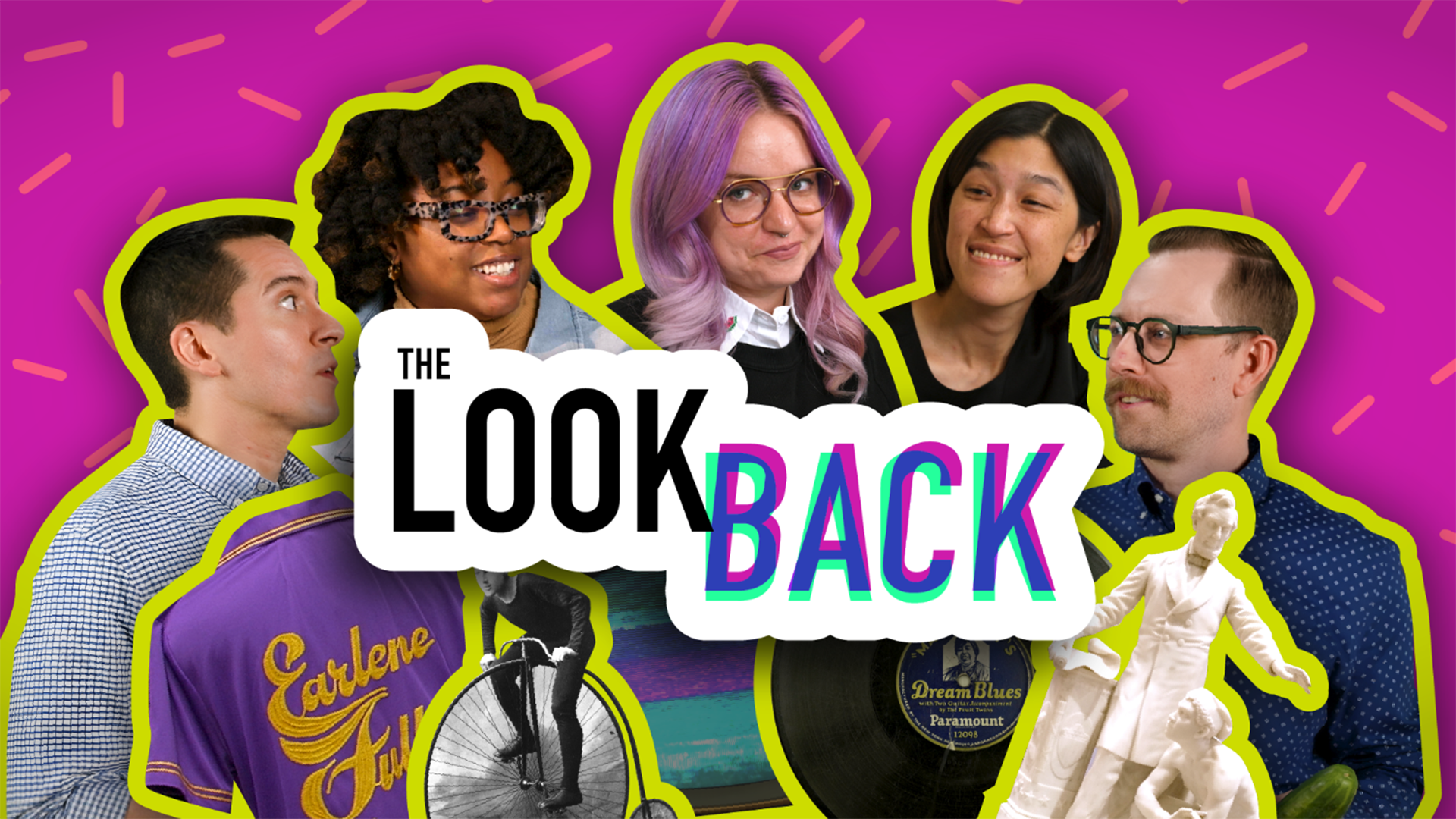
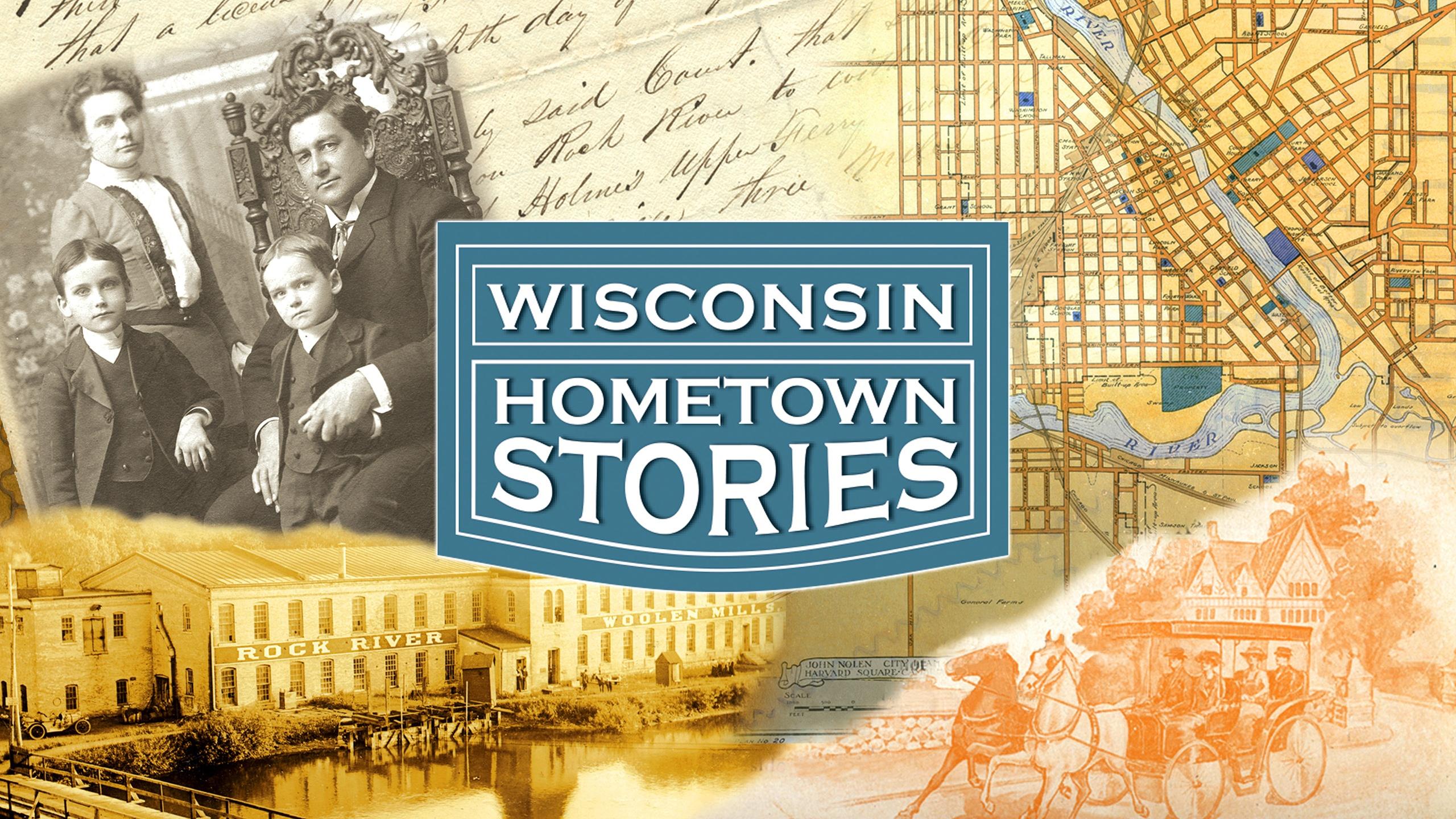





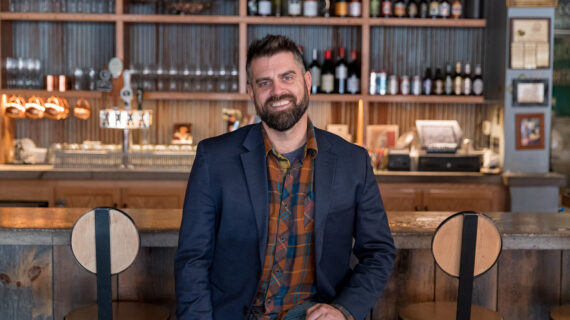
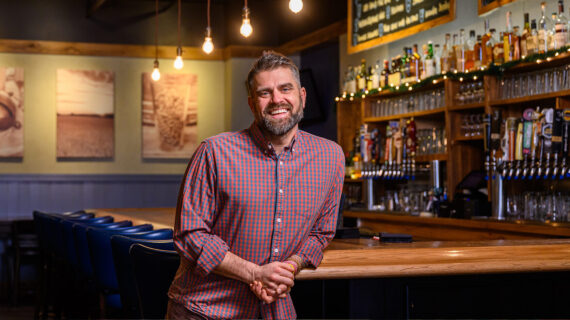
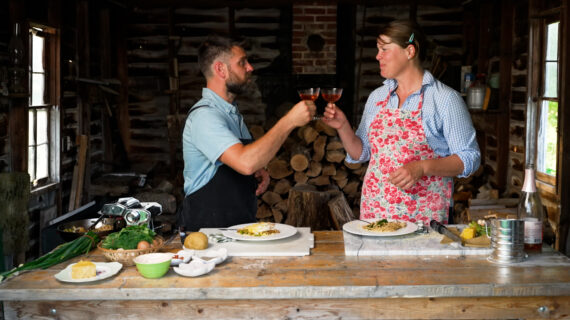
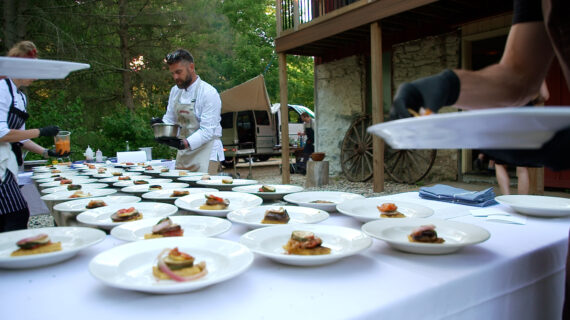
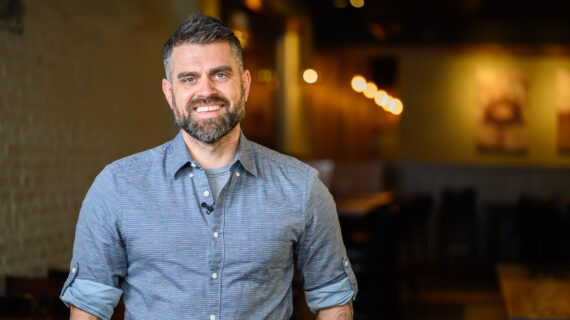

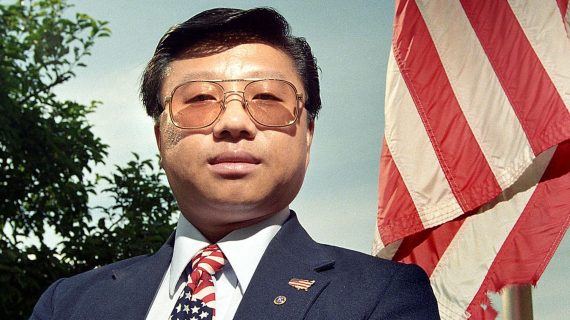

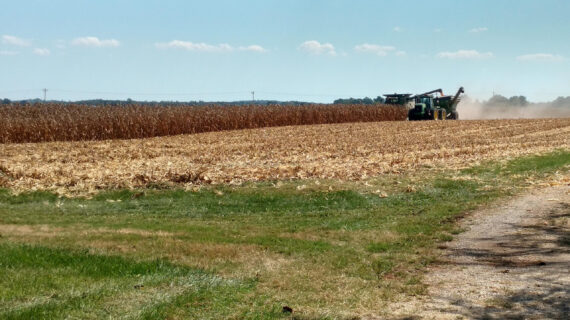

Follow Us